It is probable that the tendency towards self-government evidenced by these various forms of corporate activity received fresh impetus from the Buddhist rejection of the authority of the priesthood and further but its doctrine of equality as exemplified by its repudiation of caste. It is indeed to the Buddhist books that we have to turn for an account of the manner in which the affairs of the early examples of representative self-governing institutions were conducted. It may come as a surprise to many to learn that in the assemblies of Buddhists in India 2500 years and more ago are to be found the rudiments of our own parliamentary practice of the present day. The dignity of the assembly was preserved by the appointment of a special officer – the embryo of “Mr. Speaker” in our house of commons. A second officer was appointed to see that when necessary a quorum was secured- the prototype of the Parliamentary Chief Whip, in our own system. A member initiating business did so in the form of a motion which was then open to discussion. In some cases, this was done once only, in others three times, thus anticipating the practice of Parliament in requiring that a bill be read a third time before it becomes law. If discussion disclosed a difference of opinion the matter was decided by the vote of the majority, the voting being by ballot.
— Marquess of Zetland, a former Viceroy of India, Author of “Legacy of India ”
Related articles –
- What Dr. B. R. Ambedkar said on Republic Day
- What US President Barack Obama said on Dr B R Ambedkar?
The Pilgrimage of Char-Dham was once known for visiting the four places viz. Lumbini, where Buddha was born; Bodh Gaya, where he attained realization; Saranath, where he gave his first teachings; and Kushinager, where he passed away. Over the years now the concept has completely been changed to visiting char-dham of Sankaracharyas.
Lots of evidence are available which mention that the Great place of Buddhist Worship viz. Tirupati Temple, Ernaculam Temple, vithoba of Pandharpur, Jagannath of Puri and many more were successfully converted to Hindu Temples.






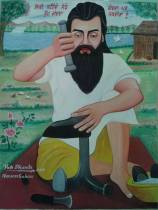

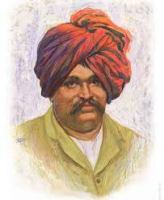
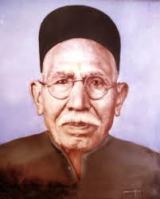
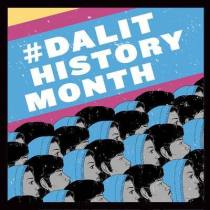
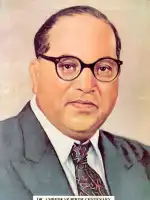
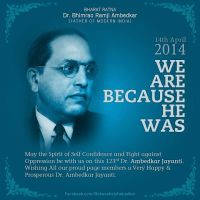

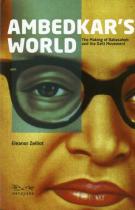
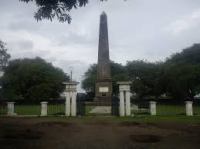
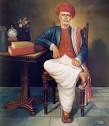

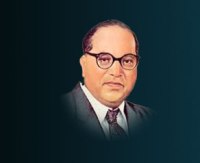
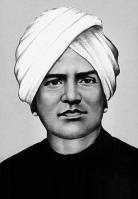

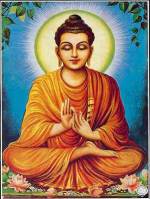
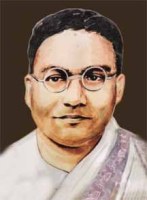
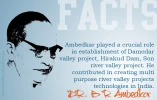

Pingback: HMT watches honored Dr. B. R. Ambedkar in 1991 – Few rare pictures | Dr B R Ambedkar's Caravan
Pingback: MookNayak and Bahishkrit Bharat – Rare Pictures | Dr B R Ambedkar's Caravan
Pingback: Movie on Ramabai Bhimrao Ambedkar – Ramai | Dr B R Ambedkar's Caravan
Pingback: What US President Barack Obama said on Dr B R Ambedkar? | Dr B R Ambedkar's Caravan
Pingback: Dr. Ambedkar wallpaper/photos for Republic Day | Dr B R Ambedkar's Caravan
Pingback: Dr. B. R. Ambedkar on Republic Day (26th January) | Dr B R Ambedkar's Caravan
Pingback: Essence of Buddhism | Dr B R Ambedkar Books
Pingback: 8th January in Dalit History – Buddhist Flag Day | Dr B R Ambedkar Books
Pingback: 5th January in Dalit History – Birth of Dr. Bhadant Anand Kausalyayan | Dr B R Ambedkar Books
good go rapidly wish you
LikeLike